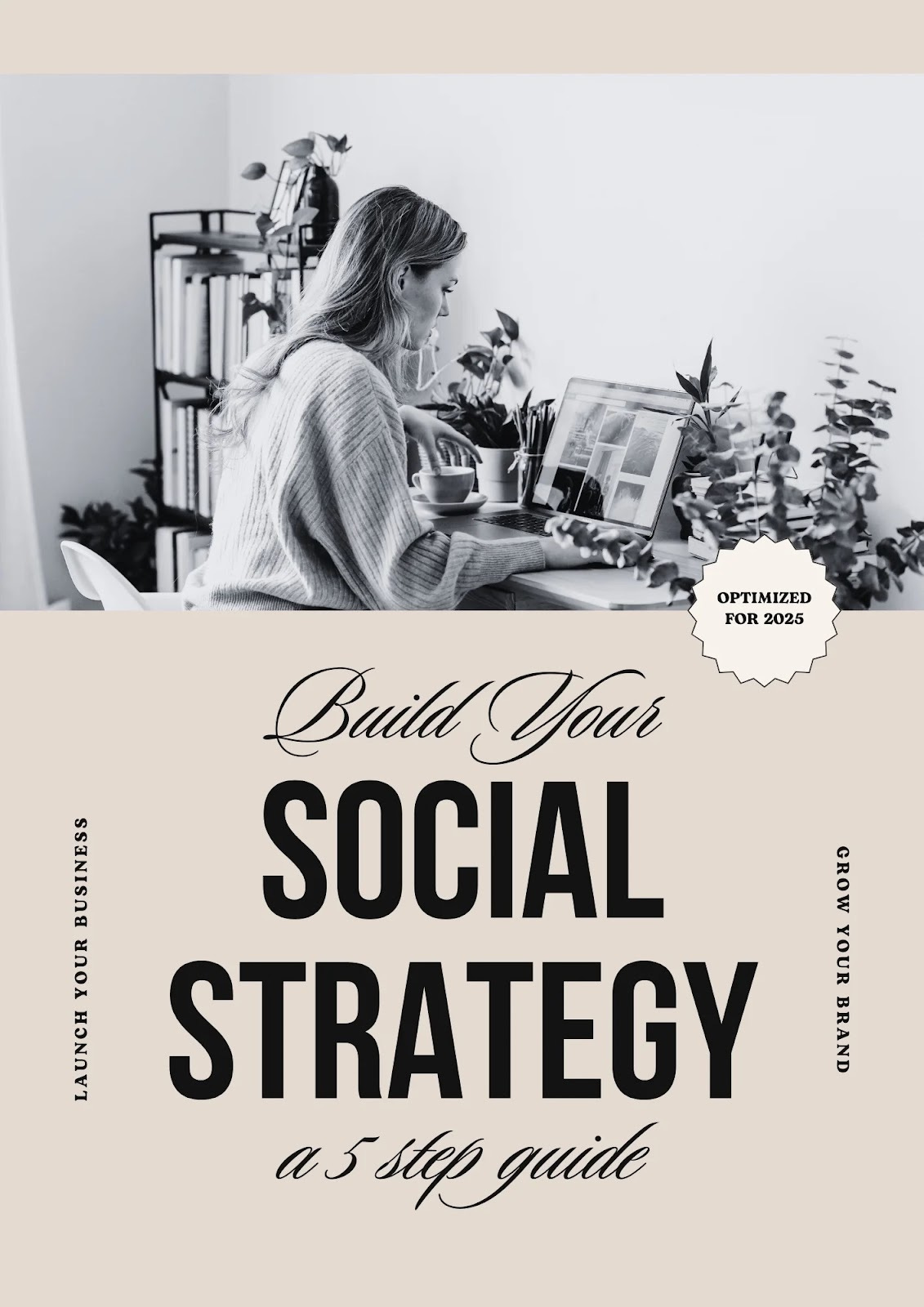Silent Scrollers: Why 85% of Users Watch Without Sound—And What That Means for Your Content
How to design scroll-stopping content that performs, even when muted
Sound off, scroll on.
If you’ve ever found yourself binge-watching Reels on mute while sitting in a meeting (we won’t tell), you’re not alone. In fact, research shows that 85% of social media users watch video content without sound—especially on mobile.
This silent-scrolling behavior isn’t just a quirky stat. It’s a wake-up call for brands and creators: If your message depends on audio, most of your audience might be missing it.
Before We Dive In…
If 85% of users are watching without sound, your content needs a strategy that speaks volumes—silently.
Our Build Your Social Strategy Guide was designed with exactly this in mind: helping creators and brands craft content that cuts through the scroll, grabs attention fast, and performs—whether your audience has the sound on or not.
🎯 Get the guide: Build Your Social Strategy
Because when you start with strategy, the views (and results) follow.
Why Are Users Watching on Mute?
Public settings: Think waiting rooms, subways, or coffee shops.
Work environments: People scroll during breaks—or let’s be real, during meetings.
Default platform behavior: Many social platforms autoplay videos on mute.
User preference: Silent scrolling is faster and less disruptive.
What This Means for Your Content Strategy
If you’re not designing your content to perform without sound, you’re likely losing engagement—and leaving conversions on the table. Here’s how to fix that:
1. Make Captions Non-Negotiable
Whether you’re posting a Reel, TikTok, or YouTube Short, closed captions should be your baseline. Native auto-caption tools on Instagram and TikTok make it easy—and fast—to add accurate subtitles. Bonus: captions increase accessibility and watch time.
2. Design for Visual Storytelling
Use expressive visuals, text overlays, and movement to carry the story without needing dialogue. Think like a silent film director—can a viewer understand your message without hearing it?
Effective silent storytelling might include:
Big, bold text-on-screen for key takeaways
Visual metaphors or cutaways
Zoom-ins, arrows, and highlights to guide the eye
3. Hook with On-Screen Text in the First 3 Seconds
Silent scrollers make fast decisions. A strong hook—delivered visually—can make or break your video’s performance.
Try:
“Wait until you see this…”
“3 ways to grow without spending a dime”
“You’re making this mistake—here’s how to fix it”
🎯 Front-load your value. Don’t wait for the voiceover to do the work.
Want more hook inspiration? Download our free list of 50 Viral Hooks to Stop the Scroll—perfect for Reels, TikToks, and Shorts. Grab the list here.
4. Use Music Strategically, Not Reliantly
Yes, trending audio can boost discoverability. But if your video needs audio to land, it’s not optimized for silent viewers. Let music enhance the experience—not carry it.
5. Test Mute-First Performance
As you analyze your content, ask yourself:
Does this video make sense without sound?
Can viewers get value in the first 3 seconds?
Is the text large enough to read without squinting?
Better yet, do a silent review before posting—watch it with the sound off and see if it holds up.
The Bottom Line
We’re living in a scroll-happy, sound-optional world. That doesn’t mean audio doesn’t matter—it just means visual-first content wins.
To stay competitive (and scroll-stopping), your brand needs to speak volumes—even when silent.
Need help turning views into action? Send us a message—we’ll help your content cut through the noise, with or without sound.
AMZG is a women-founded, award-winning boutique agency that specializes in press/PR, advertising, and social media management. Let us show you how to make your brand stand out in a competitive market. Contact us at hello@amzg-agency.com.
Follow us on YouTube.
Follow us on Instagram.
Shop curated essentials in our store.
“You’re Doing AMZG Sweetie” merch is finally back in stock!
Connect with us on LinkedIn.
Visit our website.






